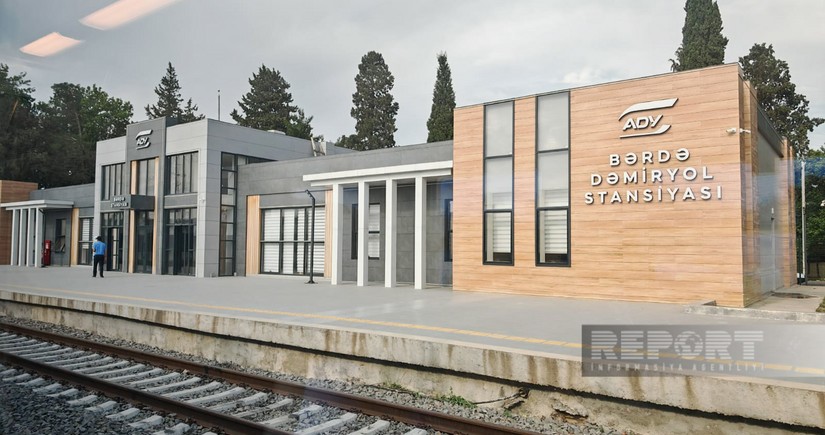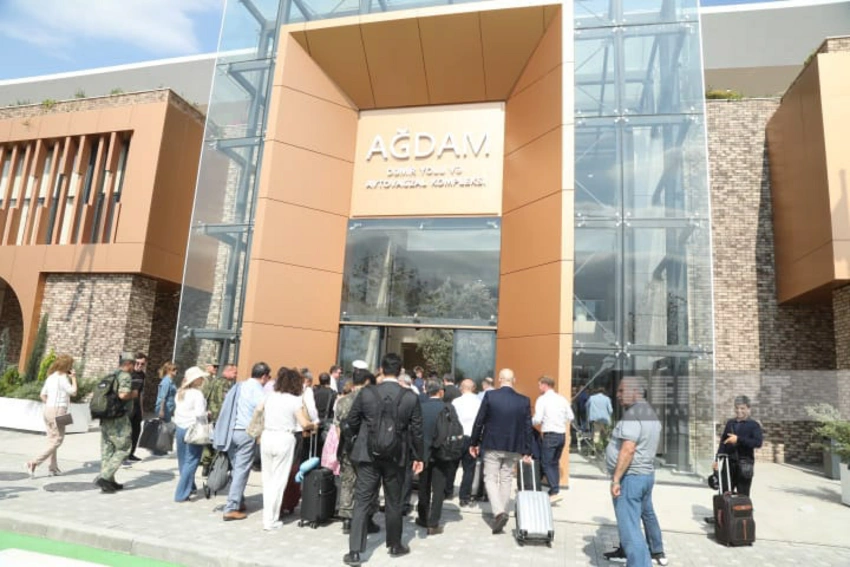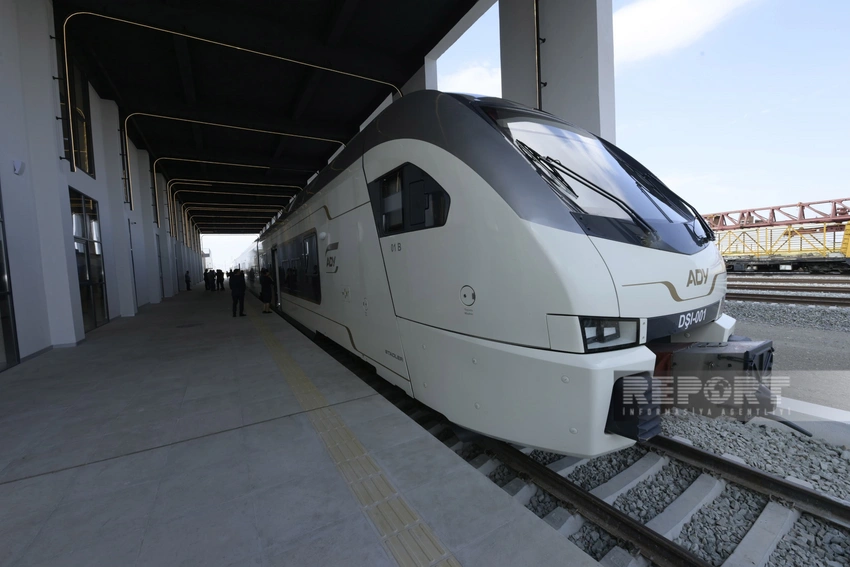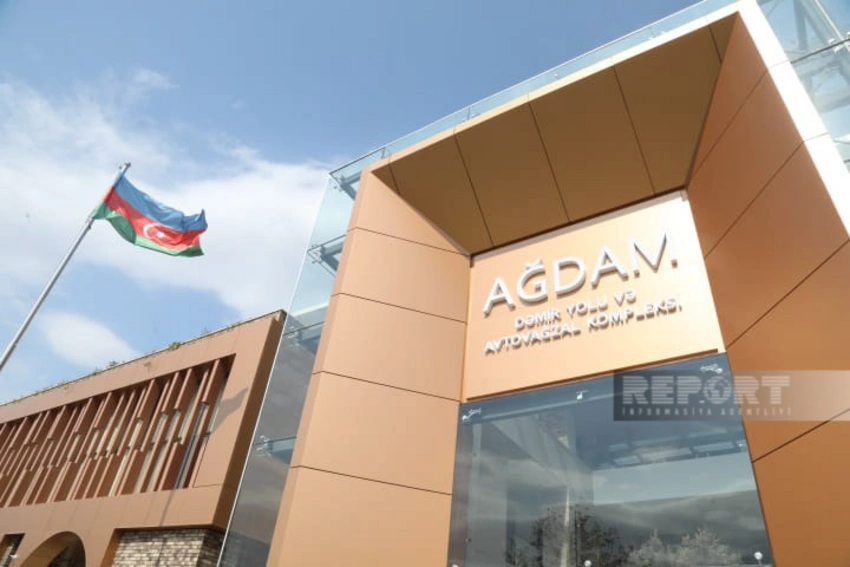Aghdam–Baku high-speed train: Road of peace and rapid restoration
- 23 June, 2025
- 16:05

The liberation of Karabakh and Eastern Zangazur from Armenian occupation made the restoration of transport infrastructure in the region and its reintegration into Azerbaijan's overall transport network one of the key priorities.
In the early period after the restoration of the country's territorial integrity, the worn-out local transport infrastructure was used mainly by the military. Being undemanding people, using trucks that could pass through almost anywhere, they managed with dirt roads that had lost their quality and appearance over years of occupation.
However, as construction and restoration efforts expanded across the liberated regions, the demands on transport infrastructure also grew. In a short time, more than 20 transport projects were launched in Karabakh and Eastern Zangazur aimed at simplifying the movement of people and goods — a crucial factor in accelerating reconstruction efforts.

The road to the gates of Karabakh — the ancient city of Aghdam — clearly demonstrated the need for modernized transport infrastructure. Previously, after bustling Barda, the journey to Aghdam involved traveling on an unfinished highway, with deadly minefields planted by Armenia threatening from both sides.
Now, the liberated territories are gradually coming back to life, with children’s laughter and everyday activity returning, as seen in other regions of Azerbaijan. The transport infrastructure has significantly improved and continues to expand each year. While the focus was initially on modern highways, railways have now been added as a symbol of the region's accelerated recovery.
One of the most significant steps in this direction was the restoration of the railway connection between Barda and Aghdam. The rails, once broken by war, have become part of the regional map again. The decision to restore the railway was driven not only by economic necessity but also by the goal of ensuring sustainable connectivity with the liberated territories.
The work started from scratch. The old tracks were destroyed or completely lost. Minefields, trenches, and ditches posed additional challenges that required time and caution. Months of hard, meticulous work followed. Without loud statements or grand ceremonies, new tracks were laid step by step, embankments were inspected, and mines were cleared.

Today, the railway is operational — so far mainly for freight trains delivering construction materials, machinery, and all necessities for the restoration of Aghdam and nearby settlements. Although the station is ready for passenger services, this will depend on the full restoration of the area and the return of residents.
For now, the railway connection between Aghdam and Baku is used when necessary. It was first tested by representatives of various Azerbaijani government agencies.
Foreign diplomats and military attachés accredited in Azerbaijan, along with a small group of Azerbaijani journalists, have returned from a two-day visit to Karabakh and Eastern Zangazur on this railway.

The train traveling from Aghdam passes through landscapes that can hardly be mixed up with something else . From the window, one can see old trenches, ruined houses overgrown with bushes, remnants of fortifications — all serving as a reminder of the horrors the region endured. The shadows of the past remain visible upon leaving Aghdam, a somber memory of the region’s tragic recent history.
And while old fortifications and partially destroyed homes still stand, the road ahead is both physical and symbolic — a path toward overcoming the painful memories of Karabakh's nearly 30-year-long occupation. On the other hand, the high-speed train symbolizes how quickly Karabakh is returning to normal life, being rebuilt, transforming, and becoming a symbol of prosperity and normal future.
 USD - 1.700
USD - 1.700 
 Azerbaijani Version
Azerbaijani Version  Russian Version
Russian Version